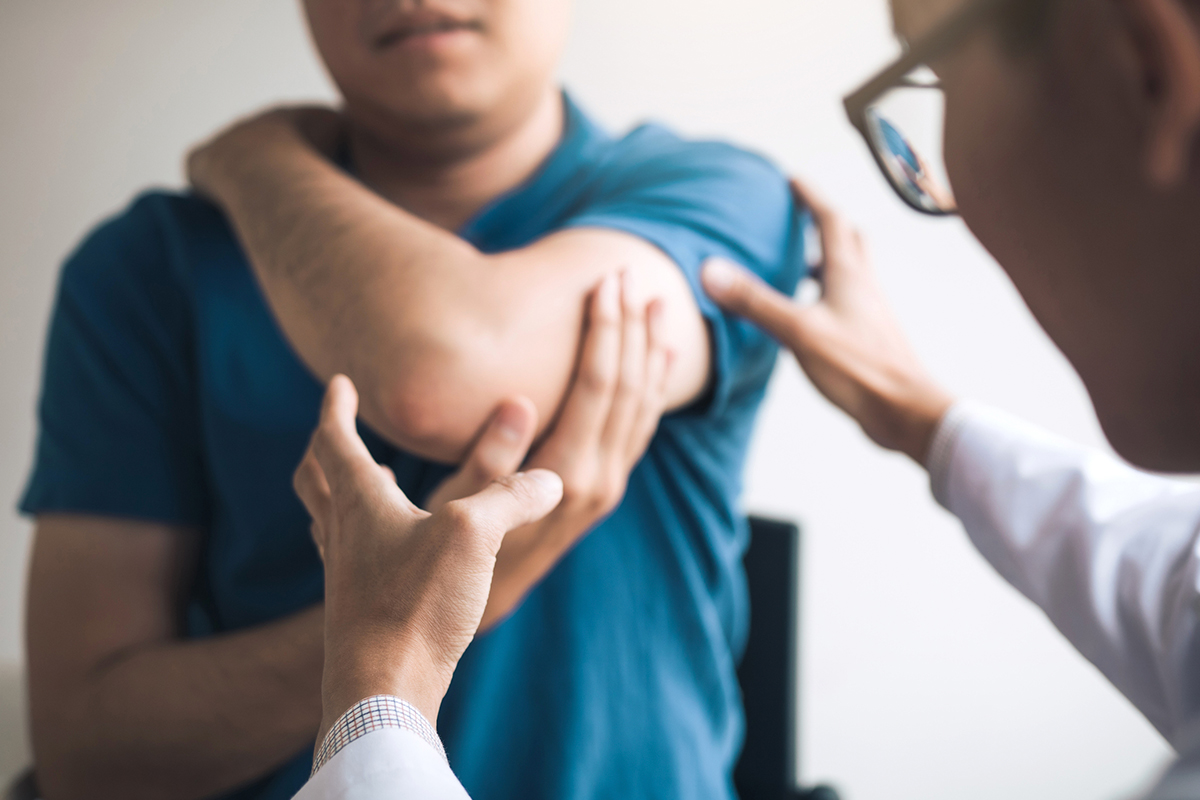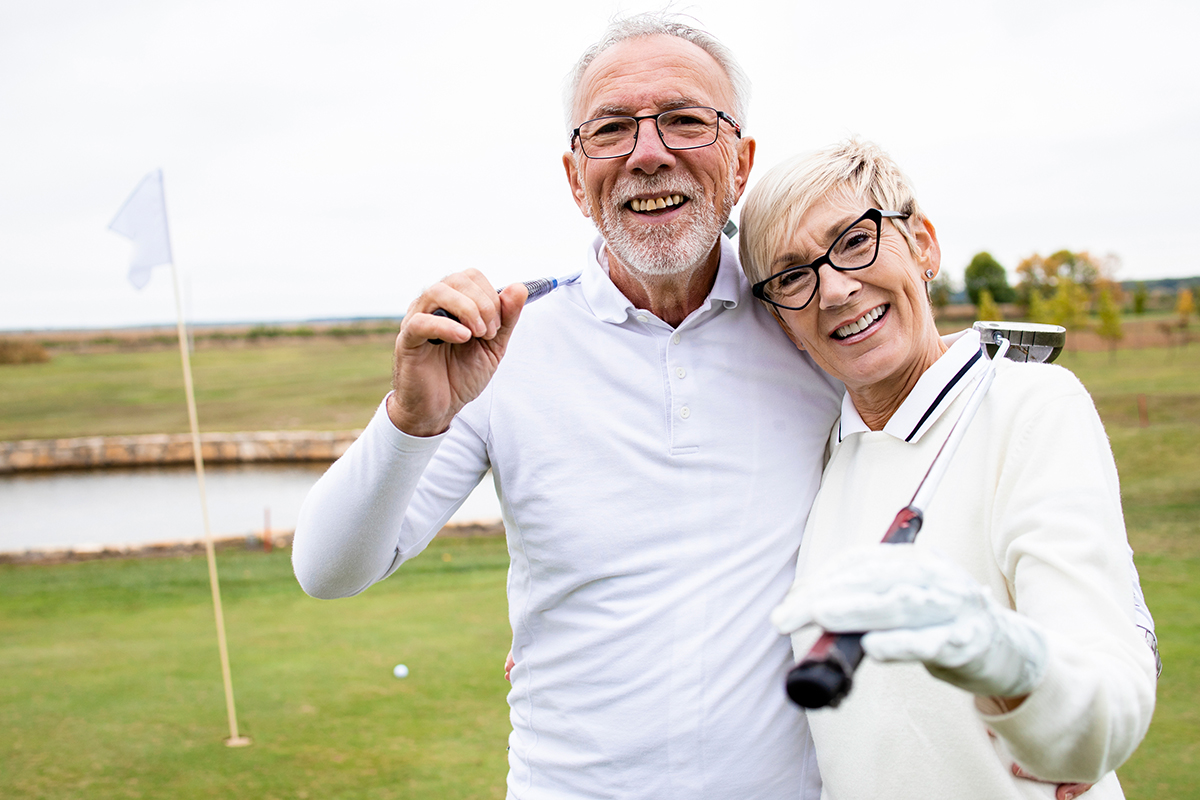- info@westlakesportsmed.com
- 737-237-5750
- 5656 Bee Caves Rd. Suite F-201 Austin, TX 78746


At Westlake Sports Medicine, we use advanced regenerative medicine to support natural healing for conditions like tennis elbow and golfer’s elbow—without relying on medications or invasive procedures.
One of the most effective tools we offer is Platelet-Rich Plasma (PRP) therapy. This treatment involves concentrating platelets from your own blood and injecting them into the affected tendon, where they release growth factors that reduce inflammation and stimulate tissue repair.
We may also incorporate exosome therapy, which delivers powerful cellular messengers that help restore damaged tissue at the microscopic level.
These regenerative therapies offer a natural, targeted approach to healing chronic tendon injuries and are a core part of our non-surgical treatment philosophy.

At Westlake Sports Medicine, we take a holistic approach to treating tennis elbow and golfer’s elbow, focusing on the root causes—not just the symptoms.
Your care plan may include:
• Targeted physical therapy to improve strength, flexibility, and biomechanics
• Ergonomic assessments to optimize workplace setup or athletic technique
• Lifestyle modifications that reduce repetitive strain and promote long-term tendon health
By addressing the underlying contributors to tendon overload, we help you recover more effectively and reduce the risk of recurrence.
At Westlake Sports Medicine, surgery is always a last resort—reserved for cases where conservative and regenerative therapies have not provided sufficient relief. If surgical intervention becomes necessary, we collaborate with expert orthopedic surgeons to determine the most appropriate, minimally invasive solution for your condition.
Options may include: